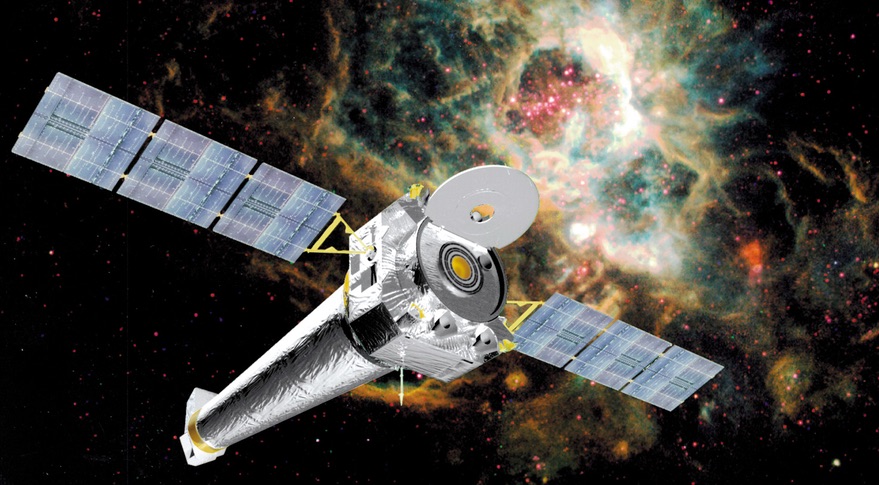
Chandra Observatory Of NASA Starts Functioning After One Week Halt
After suffering a technical glitch due to the failure of a gyroscope onboard and then going into safe mode last week, NASA’s Chandra X-Ray Observatory is back into action. The Observatory has been observing the universe in high-energy light since 1999.

The reason for Chandra going into safe mode on October 10 has now been found out and the Operations team has resumed the spacecraft to its normal pointing mode, according to the US space agency.
“The safe mode was caused by a glitch in one of Chandra’s gyroscopes resulting in a 3-second period of bad data that, in turn, led the on-board computer to calculate an incorrect value for the spacecraft momentum. The erroneous momentum indication then triggered the safe mode,” NASA said in a statement late on Monday.

The team has come up with the idea of switching gyroscopes and make the gyroscope that went through the glitch in reserve mode.
According to NASA, once the spacecraft’s series of pre-tested software patches are configured, the team will return Chandra to its actual science operations which are expected start by the end of this week.
After one of its gyroscopes suffered a technical glitch on October 10, Chandra X-ray Observatory entered safe mode under which the observatory is put into a safe configuration along with critical hardware being swapped to back-up units. The spacecraft is aligned to get maximum sunlight for its solar panels and the mirror point away from the Sun.
As of now, Chandra is about 19 years old and this age of it is well beyond the original design lifetime of five years. In the 2001, NASA extended its lifetime upto 10 years.
According to the US space agency, it was also going on to work towards resuming its related field of science operations of the Hubble Space Telescope on October 5, but entered safe mode after one of the three gyroscopes failed.
Gyroscopes function to maintain proper orientation of the spacecraft.
Currently, scientists are performing analyses and tests to make it out what options were available to enable the gyro to operational performance.
But till it comes back to the performance level, science operations with Hubble have been suspended.
Apart from Chandra and Hubble, planet-hunting Kepler space telescope of NASA is also almost out of fuel now. Kepler helped in finding out about 70 percent of all known alien worlds till date.
Another spacecraft of NASA, Dawn, which has been orbiting the dwarf planet Ceres since March 2015, is also nearly out of fuel and might run out as early as October.
You May Also Read: Facebook To Make UK Political Adverts Come Up With Details Of Who Paid For The Ad